Wildcrafting: Early Spring Greens
I don't know about you, but after a long few months of winter blahs, the first bright greens of spring are a welcome sight. Being able to eat them is just the cherry on top of this particular salad. You can't, of course, eat every green thing in sight, but you might be surprised what you can, and they tend to be high in vitamins at this season, to boot. Modern diets don't need those nutrients, but in a starving survival situation you would.
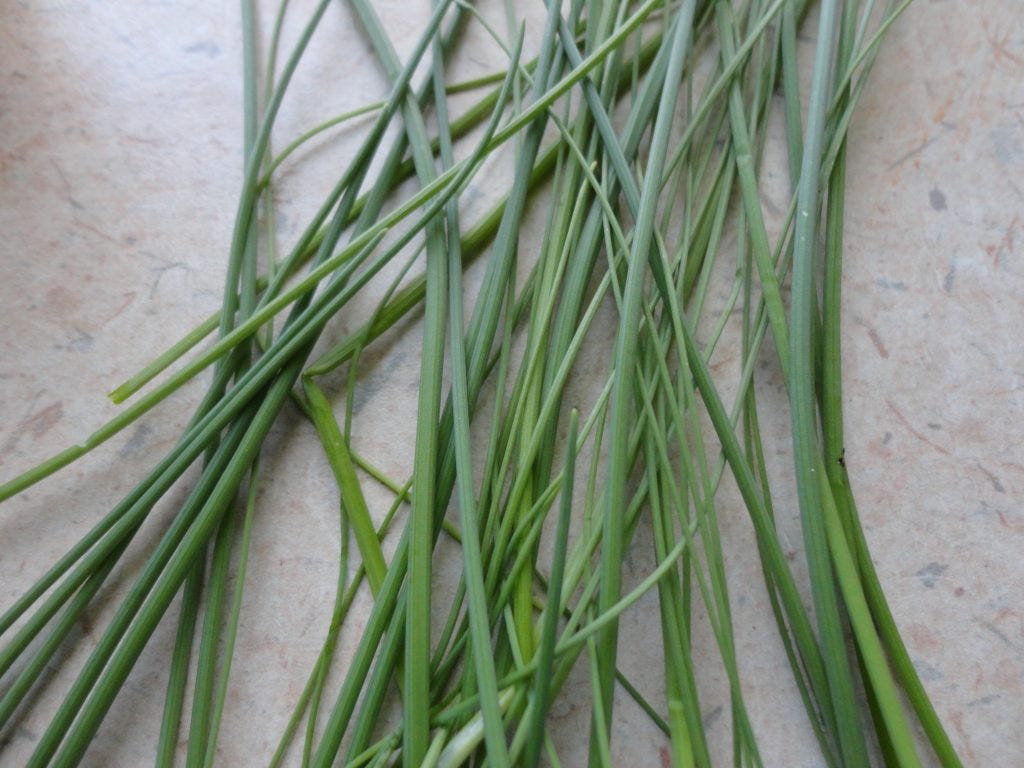
Wild onions: fragrantly oniony with a hint of garlic, but not at all overwhelming.
Wild strawberries, for instance, are credited with helping save people from the ravages of scurvy during long cold New England winters. Their leaves are semi-evergreen, and I have found them under the snowdrifts green and fresh. It's little wonder they were gathered for teas, which steeped the water-soluble vitamin C out of them and helped, even though I know from personal experience it's a bit like sipping hay-flavored warm water.
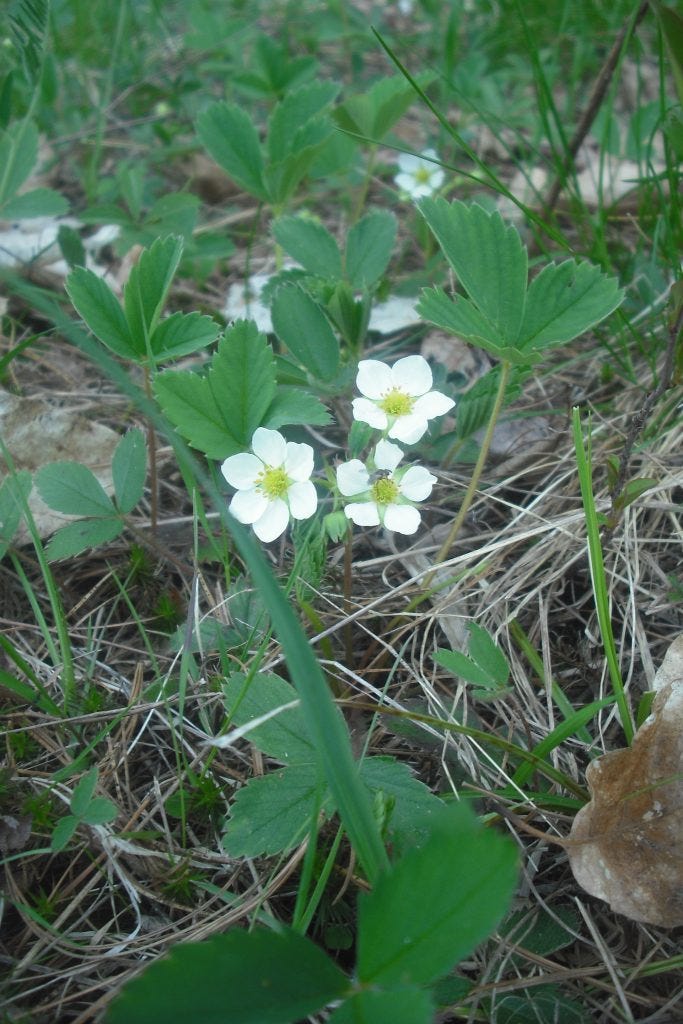
Wild strawberries have leaves that show a little silky white hair at their fringes, unlike the imitator False Strawberry (Duchesne indica).
Here in Ohio, I am ready to gather the much more flavorful Bitter Cress (which, contrary to it's common name, isn't bitter so much as mustardy at this time of year) which is already beginning to bloom. It's green year-round at this climate zone, so you could gather it year round if you wanted it. Wild onions, with their chive-like tufts, are another flavorful green thing it's easy to spot at this time of year before the grass and other weeds begin to really grow.
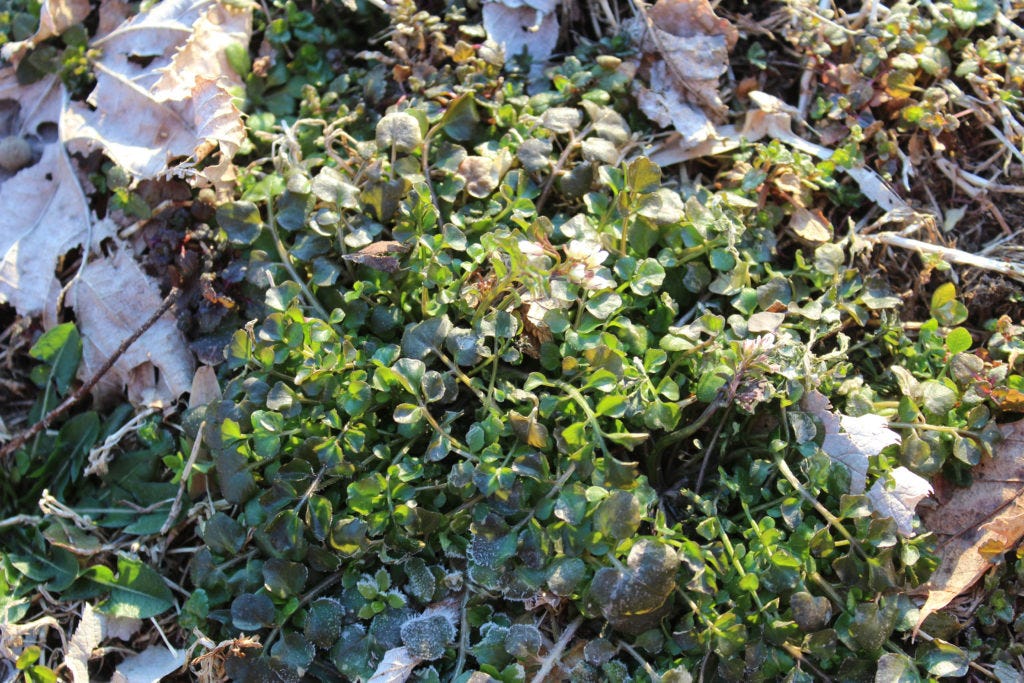
A frosty clump of Bitter Cress (Cardamine hirsuta).
Dandelions will begin to pop up as soon as the snow retreats, and they are at their mildest now, before they begin to bloom and grow bitter. I like to put them in salads in early spring, but they are always good sautéed in a little bacon grease, or added to stir fries.
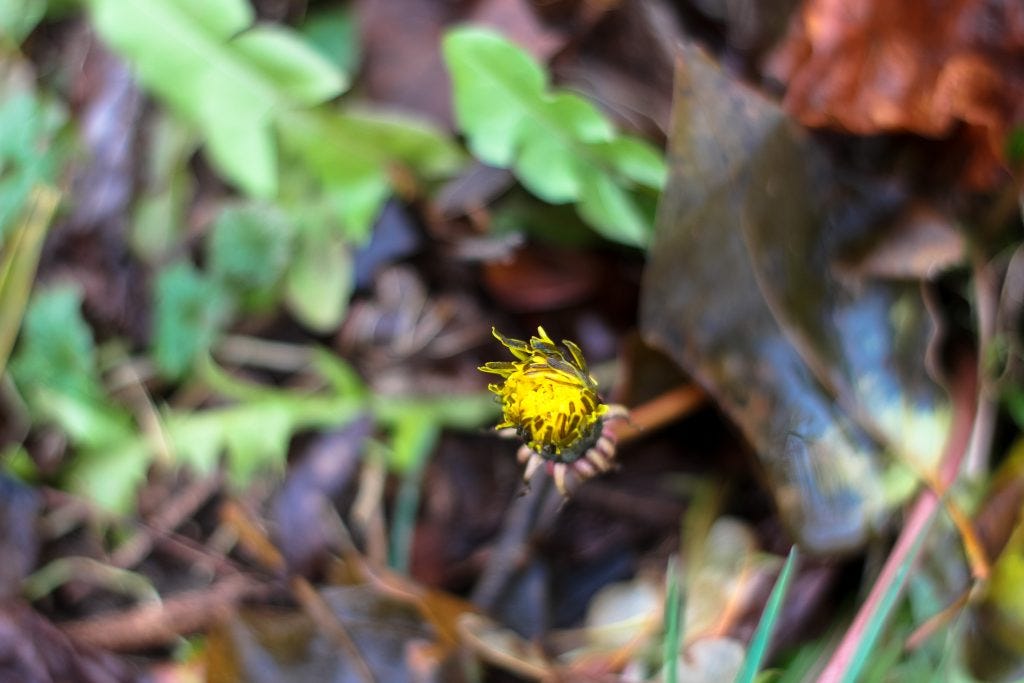
Dandelion leaves are sharply toothed, hence their name 'dent de lion' or Lion's Teeth. They are also glabrous, which means smooth. If the leaf is hairy or thorny, it's not Dandelion!
Chickweed is another early spring green, one I regard as a lesser green. The leaves are fuzzy, which I find an unpleasant texture, although if you cook them, this is usually hidden in whatever you use it in. You can put any of the greens into a recipe that calls for spinach. Along with chickweed, plaintains are a common yard weed you can gather and eat. They are best now, when young and tender, as the older leaves get quite stringy!
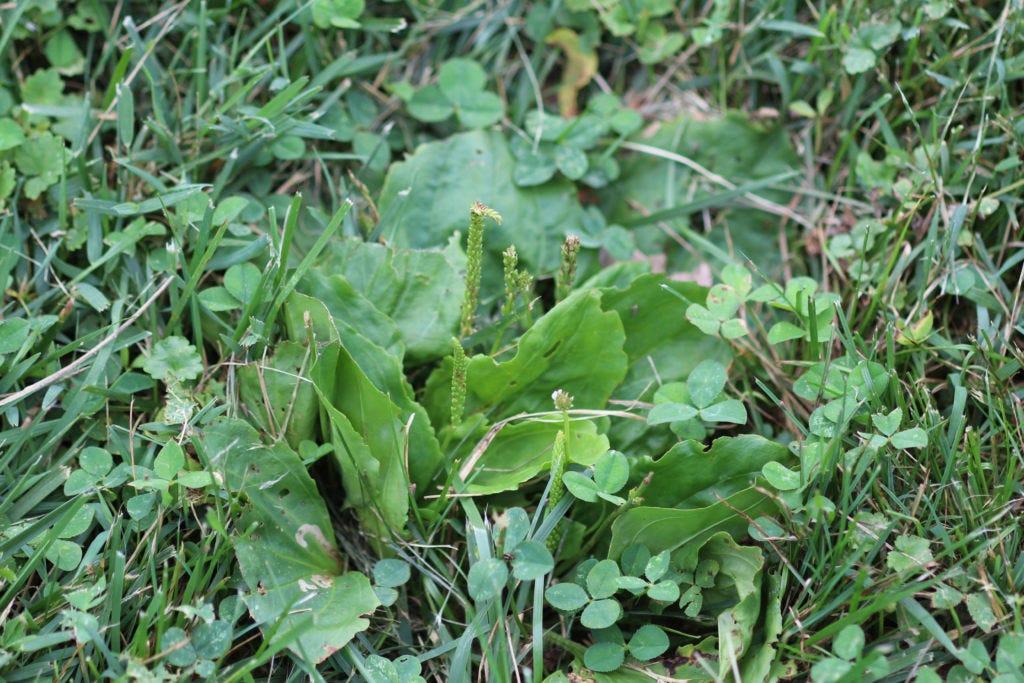
Broad Plantain, clovers, and lawn grasses (the only thing not edible here). Who knew you could eat your yard?




